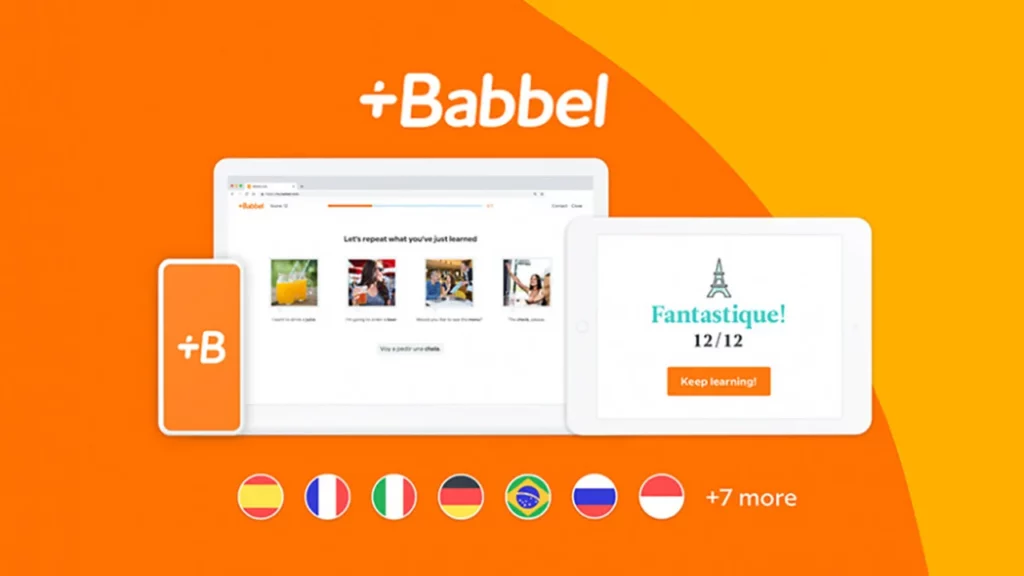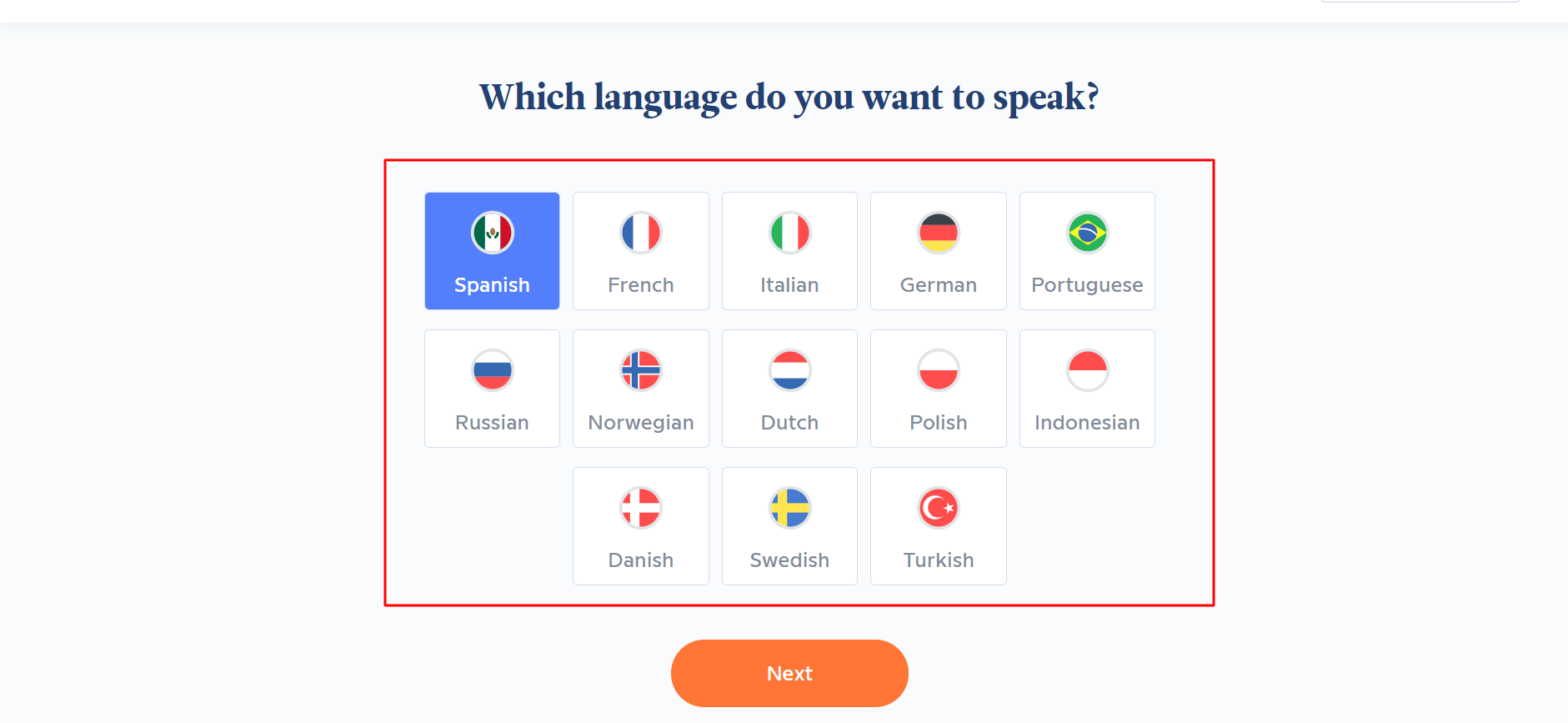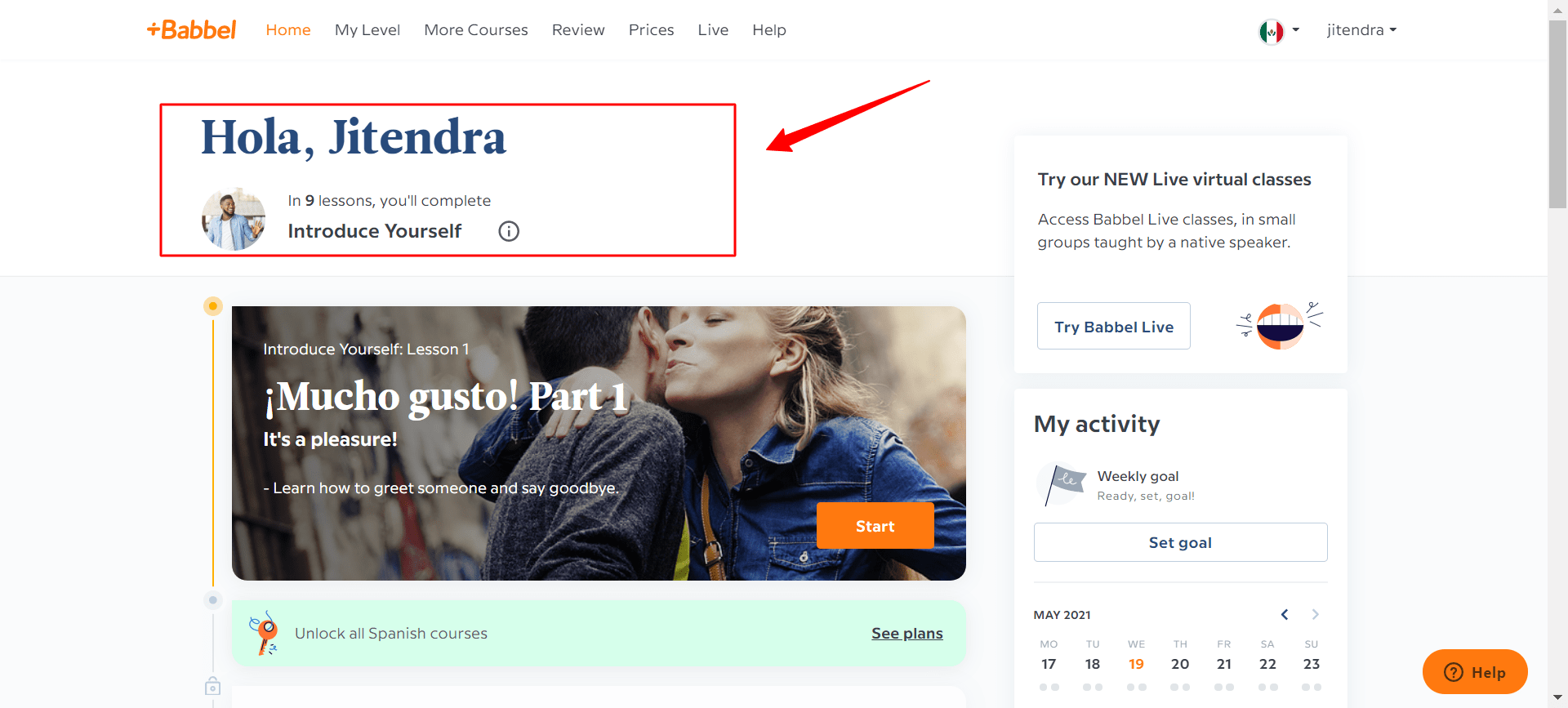You have a big presentation tomorrow and you’ve been studying the language. But there is one thing that’s really holding you back.
You can’t speak it.
You’ve tried other methods, but you just can’t seem to get the hang of it.
Babbel is the smartest way to learn a foreign language. This is a complete learning system that combines effective education methods with state-of-the-art technology. With Babbel, you will be speaking in no time.
In this Babbel review, we’ll dive deep into all features, pros, and cons of this language-learning app. If we talk about Babbel, it is one of the best language learning programs that allow you to take classes from the comforts of your home.
You can learn the language at your convenience. Use it as a smartphone app or web app, it all depends on how you like.
Exercises can sometimes seem cumbersome because they do not offer the greatest variety, however, you can learn words, phrases, and some concepts that are language-specific.
Babbel Review: OverView
This German educational platform was founded in 2007 and is a renowned language learning tool for beginners looking forward to learning the basics of another language. You can take up a language course in 14 different. Not only English, but the tool can also help you take up any language course while you are a native Spanish, Japanese, Arabic, Italian, German, Polish, Swedish, Russian or any other language
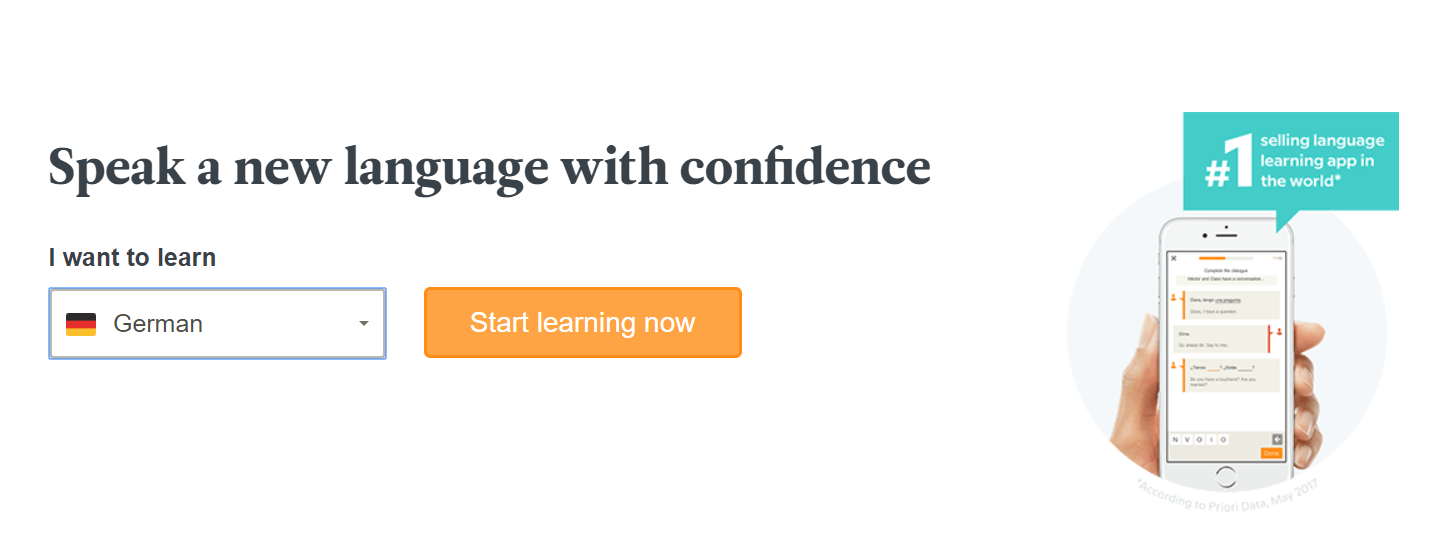
Although Babbel helps students learn online, such as on the Babbel platform, Babbel’s main advantage is personalized teaching.
In this Babbel Review, you will find many certified private teachers who are qualified enough to develop a personalized curriculum according to their level and personal preference.
What Languages Can You Learn With Babbel?
If your primary medium of communication is English, Babbel has programs in 13 languages. Dutch, Danish, French, Indonesian, German, Italian, Polish, Norwegian, Portuguese, Swedish, Russian, and Turkish are among the languages that can be learned through this platform.
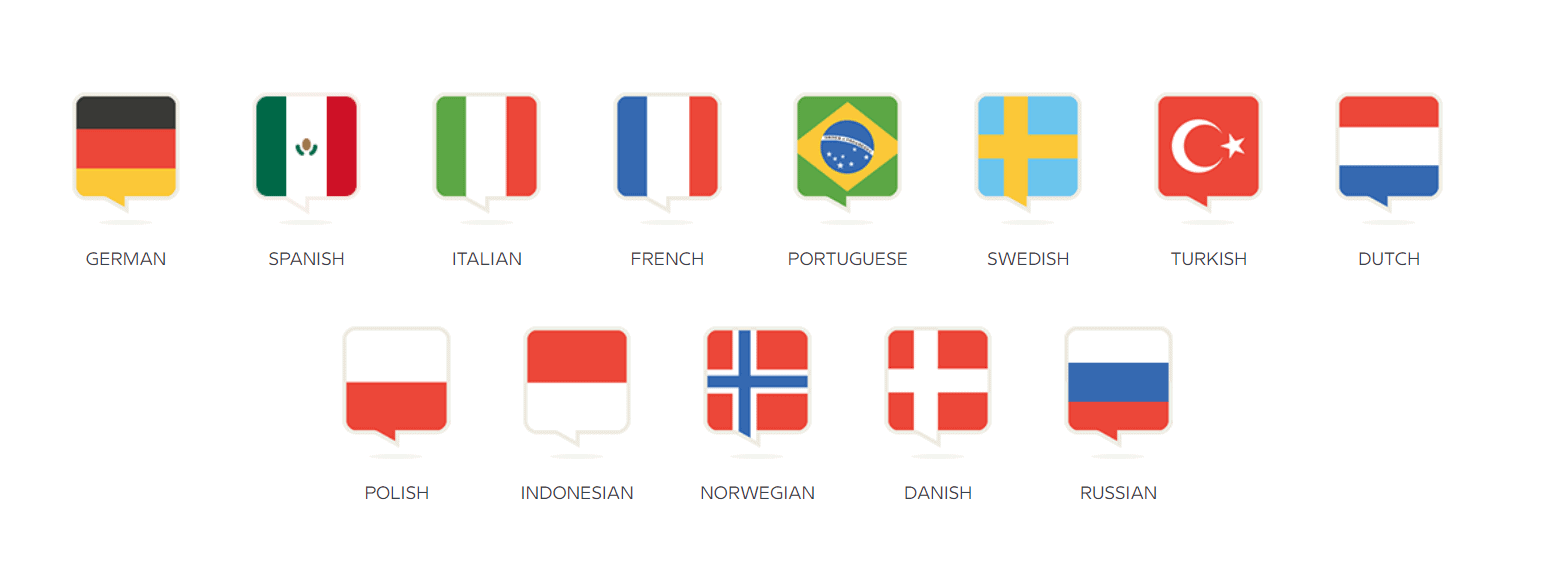
There is even an English course that can be taken in German, French, Italian, Portuguese, Polish, or Swedish. Until you already understand the language, you may take a quick prep course, and Babbel will position you in the appropriate section of the program that focuses on your current skills.
Each lesson will be adapted according to the language selected by the student. Babbel teaches all essential language skills: reading, writing, speaking, and listening. The short lessons are attractive and relate to everyday issues: ordering food.
Be prepared to repeat what you have learned by performing various types of tasks, such as:
- Choose the right translation;
- Finish a dialogue with the corresponding words.
- Bring the words into the correct order.
- Listen and write words, etc.
The app shares the basic phrases and words for you to use regularly. For eg. “What is your name?” and further they turn into more complex sentences. Ideal for beginners, Babbel has been loved and appreciated more by early learners than advanced learners.
Excellent opportunity to start your language study trip.
So that’s what you should do to get started with the Babbel application:
- Choose the language you want to learn.
- Take a short test to let the application know your preferences.
- Try Babbel’s free trial lesson.
- Get a paid subscription to access all the lessons in your language course.
Who Is Babbel for?
Most Babbel listeners seem to be beginners who are just beginning to learn a new language. It is also inexpensive because it offers a software-based learning approach.
This is especially useful for people who want to learn new vocabulary and improve the structure of their sentences.
Another difference we’ve seen is that you can jump from different levels with Babbel if you think you’re too advanced or a beginner. This is a feature that Duolingo does not allow. Start from the beginning with Duolingo on stage that suits you.
This means that it opens the door to Babbel for the more advanced students.
Babbel helps you learn the language as a whole. Whether it is speaking, writing, reading, or listening, you will be able to learn the basics in no time with their practice exercises. The practice modules consist of different types of exercises like translating the words, filling in the right word in a sentence, and even repeating the words loudly so that you can be perfect in pronunciation.
I learned a new word in Dutch and tried spellings which were a little tough and I was making mistakes. However, it took me 4-5 days to gain confidence with the speed I was going at with the exercises.

I still needed practice for a few more days on the sounds so that I could be perfect in pronunciation, and I decided to pick it later as spelling was also taking a lot of time. So, I finally followed a process where I read the next lesson and revise the last lesson’s spelling and sounds.
Another great thing about Babbel is that it allows you to go back to the exercises and practice the ones that you were not able to solve in one go. This indeed is a great way since this allowed me to follow my process of learning quite easily.
Going back to exercises and trying them again with the right answers made me more confident. Another good way for others may be adaptive learning. This will help the user to re-introduce the exercises that he didn’t perform well during the course of the next lesson.
Encourages you to use the language in your daily conversation
Babbel aims at giving knowledge on the contemporary usage of the language. You can be sure that native speakers will easily understand what you are learning with this application.
Beginners start from basic sentences on “What is your name” types of phrases and move on to more functional conversations creating complex sentences.
Babbel stimulates the brain to build concepts by teaching new information both actively as well as passively. This builds a strong confidence in the user to frame complete sentences thereby leading to fluent speaking of the language immediately.
How Much Does Babbel cost?
Subscription membership fees in Babbel begin at $12.95 on a monthly basis. If you buy multiple months’ worth of usage in advance, the monthly price drops. 3 months plan is priced at $26.85, a 6 months plan is priced at $44.70 and a year plan is priced at $83.40.
A premium subscription grants you unrestricted access to the vocabulary program of your choice on the internet and smartphone applications.
These are reasonable rates, particularly for the six-month and one-year packages. You should expect to have to spend from $10 to $12 per month for most of these language learning applications, and around $100 to $200 per year for the most expensive ones.
Modern language learning technology costs anything between $130 to approximately $500, depending on the curriculum and the number of tutorials included.
Babbel is a relatively inexpensive program. Although you must spend for each and every language you seek to improve, you will obtain a substantial amount of stuff for your money. Babbel is comparable to other language-learning apps that use technology and guidance.
You get to have a preview of Babbel’s service through a collection of ten simple language courses, but then you are greeted with a paid subscription requesting you to register up almost immediately.
What Do We Like About Babbel?
Babbel provides high-quality content, but the interface is still not particularly cutting edge. Writing, reading, listening, as well as communicating are among the skills taught by Babbel. The speech analysis aspect was problematic for me, but the remainder of the resources and information was trustworthy.
Babbel can have varying values of information because their material is special to every language. In comparison to a less common language such as Italian, the Babbel language might just have a higher number and quality of courses.
In brief, the user interface is very much similar to that of Rosetta Stone or Duolingo, as the application teaches you another language using a combination of flashcards, fill-in-the-blanks, and multiple-choice formats.
It does not provide live learning opportunities or experiences with fluent nationals for communication development, as previously stated.
Conversation Building
In addition to this, I enjoy how Babbel’s courses place everything in perspective in a simulated discussion. The dialogue starts with a quick description of the scenario. I just had to finish the sentence by filling in the gaps along the line. These exercises also provide new words that can be deduced from the meaning of a sentence.
Bringing all that into a discussion activity seems more engaging than many of Babbel’s other practices, which are much more simple and more memorizing.
To participate actively in the exercise, I must read or listen to the discussion in Spanish, and also combine what I’ve studied with my experience of related kinds of topics in English.
Convenient Learning
I, the same as anyone else, have a limited amount of time to devote to learning a foreign language. I am still on the run, so Babbel’s ability to switch in between the digital dashboard on the desktop and the Babbel application on the smartphone is very important to me.
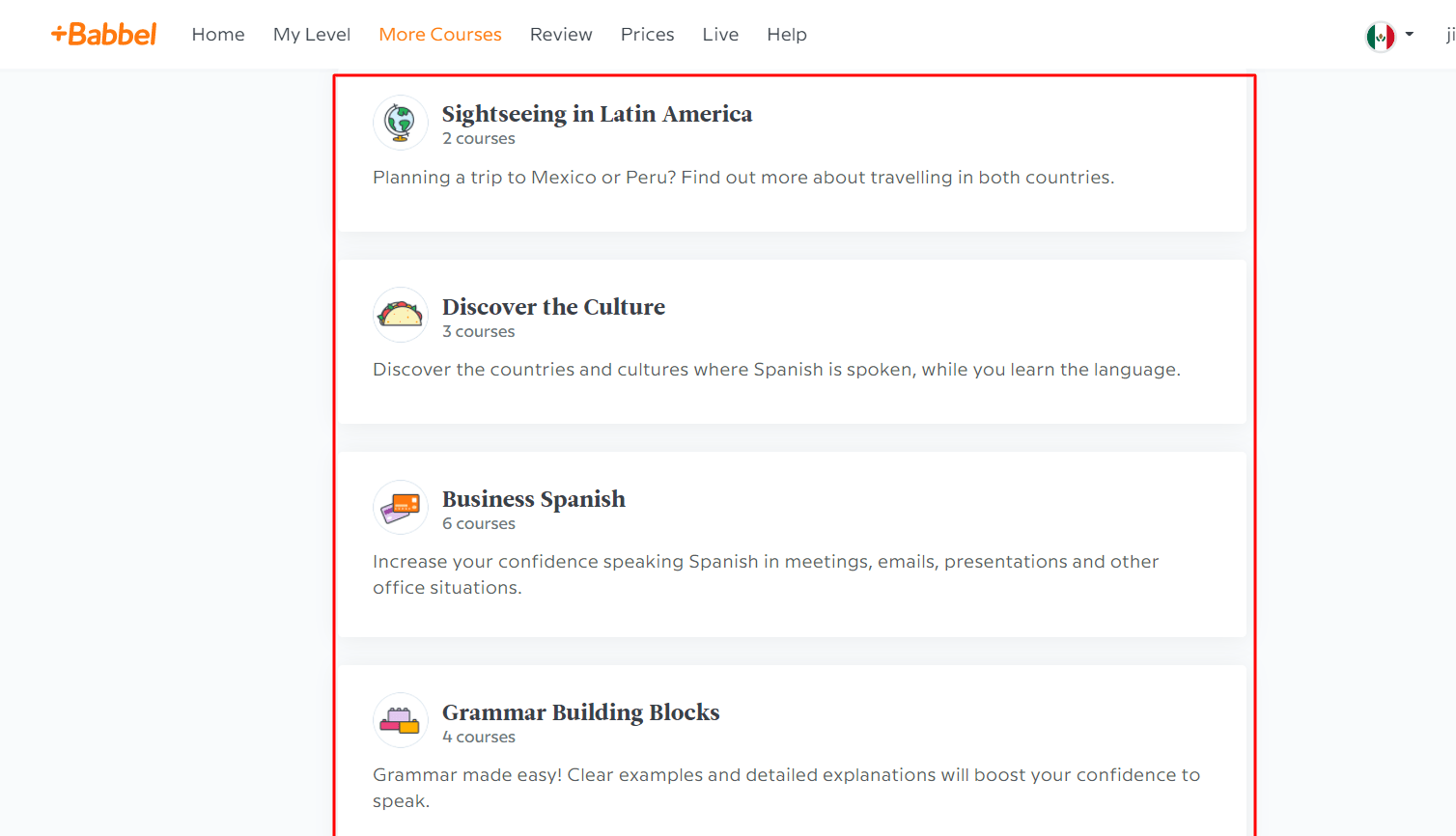
Babbel Review: Pros and Cons
Pros
- The repetitive character of the lesson.
- The lessons are interlinked and gradually expand your knowledge.
- Attractive content and comprehensive lessons
- Flexible and autonomous learning plan: You have the opportunity to decide what and when you want to learn.
Cons
- No downloadable material.
- Not very clear learning structure, similar to Duolingo (word-to-picture correspondence)
- Do not develop enough of your conversation skills

